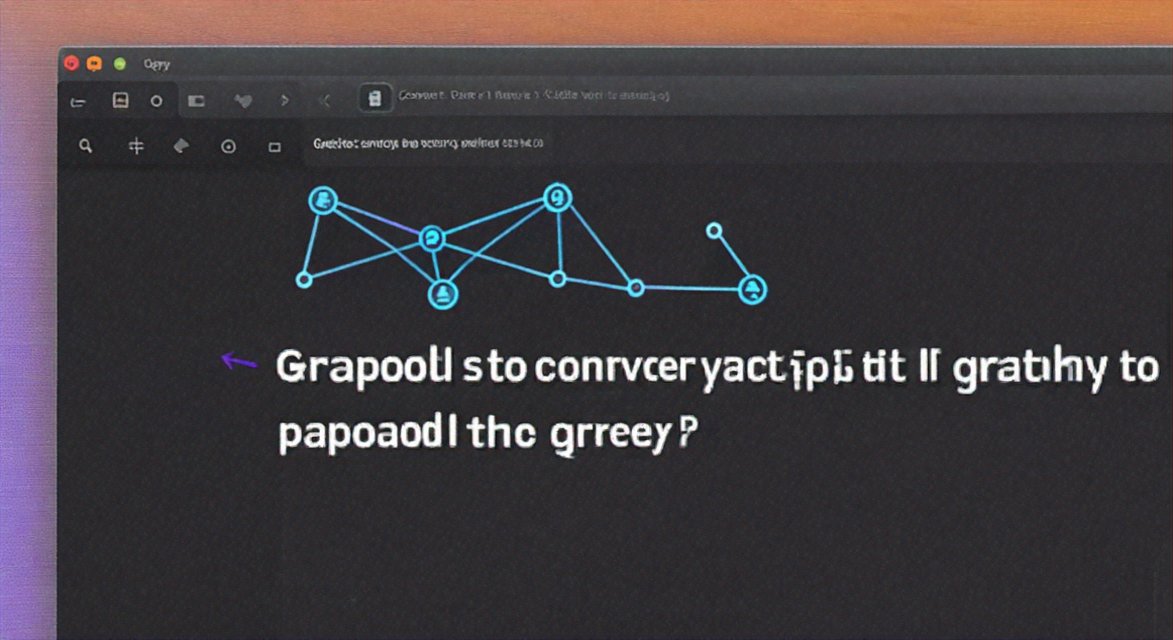Maximize Your Data Retrieval: A Deep Dive into Converting Payloads into GraphQL Queries 🚀

In today's fast-paced digital world, efficient data retrieval is crucial for businesses and developers alike. GraphQL, a powerful and flexible data query language, has gained significant popularity for its ability to provide the exact data needed, reducing over-fetching and under-fetching. One of the key aspects of GraphQL is the conversion of payload data into GraphQL queries. This article delves deep into this process, offering insights and best practices to help you maximize your data retrieval capabilities.
Understanding Payloads and GraphQL Queries
What is a Payload?
A payload, in the context of data retrieval, refers to the data that is sent from the server to the client. It typically contains the results of a request, such as user information, product details, or any other data that the client needs. Payloads can be in various formats, including JSON, XML, or even binary data.
What is a GraphQL Query?
A GraphQL query is a request made by a client to a GraphQL server for specific data. It is a structured query language that allows clients to request exactly the data they need, without any additional data that might be irrelevant. GraphQL queries are written in a specific syntax and are sent to the server, which processes them and returns the requested data.
The Conversion Process
Step 1: Analyze the Payload
The first step in converting a payload to a GraphQL query is to analyze the payload itself. Understand the structure of the data, the types of data it contains, and the relationships between different data elements. This analysis will help you identify the relevant fields and types that need to be included in the GraphQL query.
Step 2: Identify the Relevant Fields and Types
Once you have analyzed the payload, identify the fields and types that are relevant to your query. For example, if you are retrieving user information, you might need fields like id, name, email, and address. Similarly, if you are retrieving product details, you might need fields like id, name, description, and price.
Step 3: Write the GraphQL Query
With the relevant fields and types identified, it's time to write the GraphQL query. Use the identified fields and types to construct a query that will retrieve the exact data you need. Here's an example:
graphql query { user(id: "12345") { id name email address { street city zipCode } } }
In this query, we are retrieving the user with the ID "12345" and their associated address details.
Best Practices for Effective Data Retrieval
1. Use Aliases for Nested Fields
When dealing with nested fields, using aliases can make your queries more readable and maintainable. For example:
graphql query { user(id: "12345") { id name email address { street: addrStreet city: addrCity zipCode: addrZip } } }
2. Optimize Query Performance
To optimize query performance, consider the following:
- Use pagination to limit the number of results returned.
- Avoid unnecessary fields in your query.
- Use caching to reduce the number of requests made to the server.
3. Stay Updated with GraphQL Best Practices
GraphQL is a rapidly evolving technology, with new features and best practices being introduced regularly. Stay updated with the latest developments to ensure that your queries are efficient and effective.
Conclusion
Converting payloads to GraphQL queries is a crucial step in maximizing your data retrieval capabilities. By following the steps outlined in this article and adhering to best practices, you can create efficient and effective GraphQL queries that will help you retrieve the exact data you need, when you need it.
References
- "What is GraphQL?" GraphQL.org
- "Introduction to GraphQL Queries" MDN Web Docs
- "Optimizing GraphQL Queries" Hasura
- "Caching in GraphQL" Apollo
- "Pagination in GraphQL" Dev.to
🔗 1. GraphQL.org 🔗 2. MDN Web Docs 🔗 3. Hasura 🔗 4. Apollo 🔗 5. Dev.to

